

Working out of the Box is a series of features presenting architects who have applied their architecture backgrounds to alternative career paths.
Are you an architect working out of the box? Do you know of someone that has changed careers and has an interesting story to share? If you would like to suggest an (ex-)architect, please send us a message.
Archinect: Where did you study architecture?
Logan Amont: I started out drafting in small design/build offices in southern India, then later in Ahmedabad as an assistant to Balkrishna Doshi, designing an extension to his studio with him. Following undergraduate studies I served a period in the model-making rooms of Shigeru Ban's Tokyo office. Most recently I was involved for a year in the Norway projects of Peter Zumthor, working at his atelier in Haldenstein. I also apprenticed as a wooden boat builder in New Hampshire and designed and built a rural community center outside Pondicherry, India between and overlapping the above experiences.

Formally, I was enrolled at the University of Cincinnati and sometime afterwards at the Academy of Architecture in Mendrisio, Switzerland, though I consider direct training, travel, reading, watching films, and daily life as generally being more pertinent to my envisioned career. As an exception, however, I am much indebted to my professor in Mendrisio, Quintus Miller, who has had a profound influence on my thinking towards memory and place.
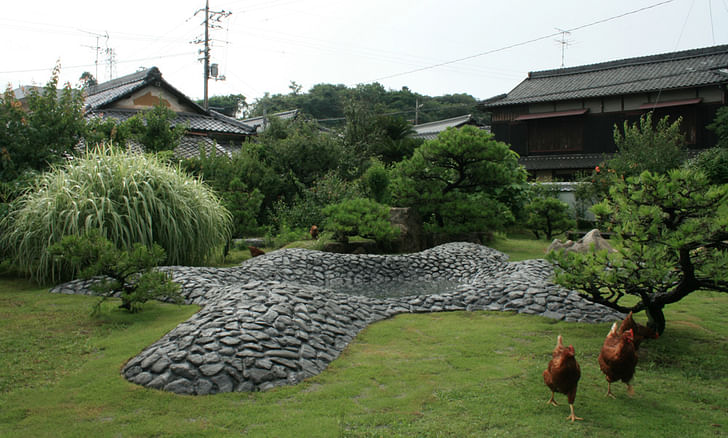
At what point in your life did you decide to pursue architecture?
It's not clear really - I don't recall any precise moment. Besides, the manner in which I would like to practice is constantly shifting.
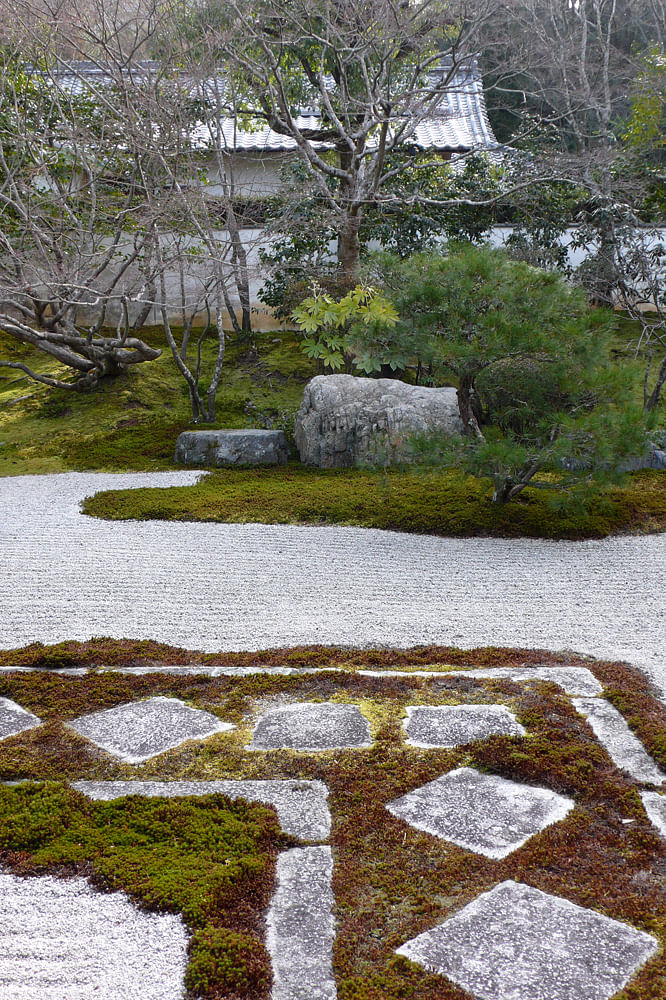
When did you decide to stop pursuing architecture? Why?
I have not stopped my pursuit of architecture, but rather through apprenticing as a gardener, use the act of care and craft as yet another filter to view and inquire into what architecture is. For myself anyway, I need to take time, slowly - pondering over the various facets of making places of dwelling - in order to one day proceed wholeheartedly as the kind of architect I have in mind.
But to answer the question: perhaps the impetus towards becoming a gardener owes in part to a meeting my wife and I had over the summer of 2008 with the Swedish architect and landscape designer, Per Friberg, at his vacation home in Skåne. I was impressed by the beautiful confluence of natural surroundings and artifice in this work as well as Friberg's own calm demeanor. Later on I read published interviews with him and admired photographs of other gardens and houses he had designed. In addition to visiting Barragan's works in Mexico and Bawa's in Sri Lanka, this brief but personal encounter was a motivating stimulus.
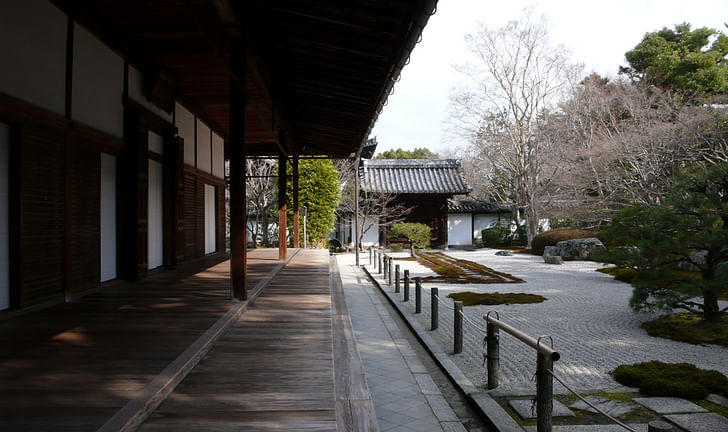
Describe your current profession.
Since the autumn of 2009 I work with a gardener named Yoshinobu Aiba in Kyoto, Japan. Primarily it's only the two of us. Approximately nine months of the year is reserved for care and maintenance of existing gardens within temples, residences and shops, while the remainder is devoted to the construction or restructuring of new landscapes for various clients.
I am held in awe and reverence to be involved in the shaping of a tree within a garden more than 600 years old. The space has been sculpted and molded by generations of hands and individual personalities over this expanse of time: each instance stands out, nearly fades away amongst the sequential layering - yet in the end the garden still retains the seeds of all work. While pruning, I sometimes contemplate this idea of continuity and legacy.
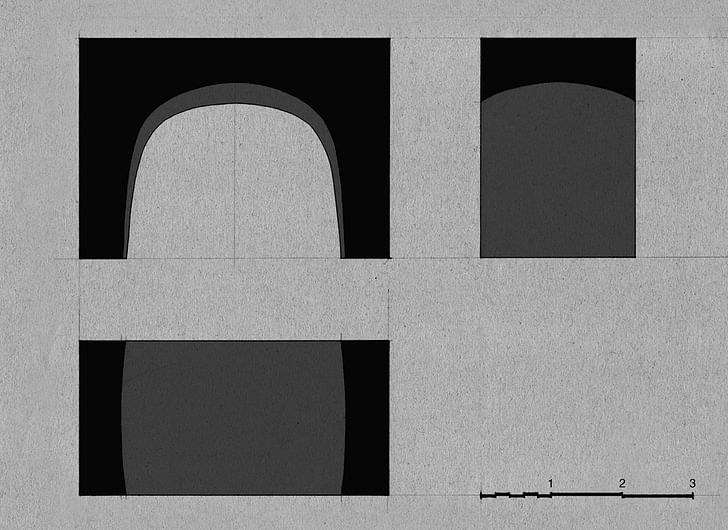
On the other hand, during particular seasons and rainy days, we are generally left unoccupied. This provides the opportunity to explore diverse interests through independent projects. Although mostly theoretical - examining these problems I propose for myself, I find it extremely beneficial training to see and experience the subtle peculiarities of my environment more clearly on a day-to-day basis. The work illustrated here has been done in this manner.
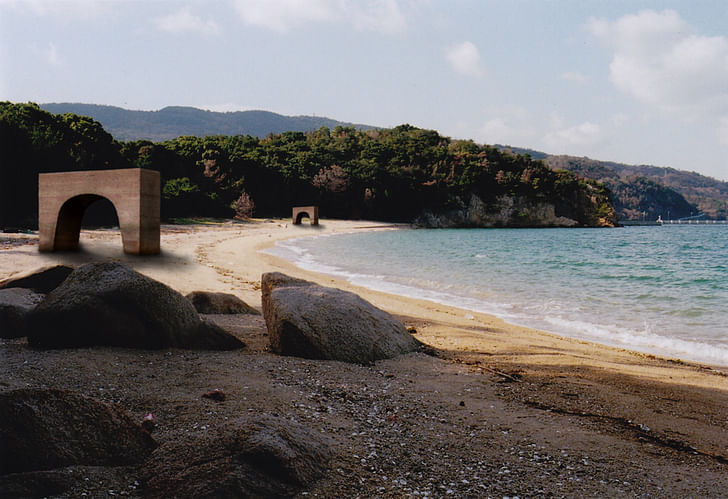
What skills did you gain from architecture school, or working in the architecture industry, that have contributed to your success in your current career?
It may be both an asset and a hindrance, but what I appreciate most training as an architect is the development and practice of meditative, experiential thinking. I suppose I owe this most to my time spent in Zumthor's office, where for hours we would discuss intently an issue such as the placement of a bench, a desk, a book, and a window, and how all of this would affect and change the atmosphere of the room, our imagined sensations sitting there, and then of course the resulting building and its relationship within the existing landscape as well.
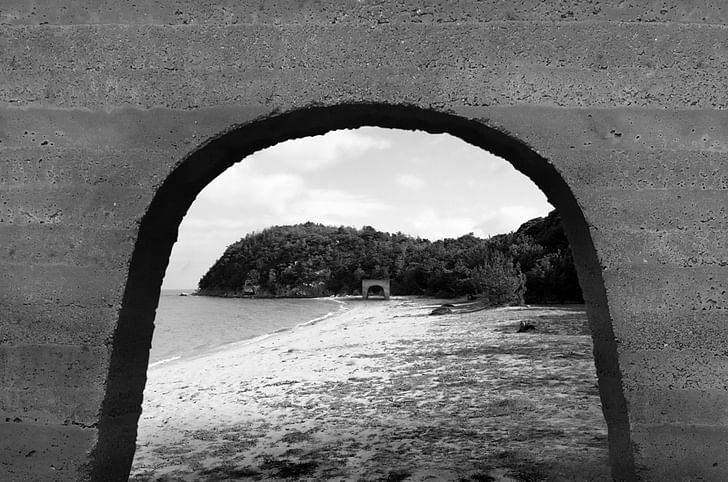
In application of this somewhat ambiguous process to my current occupation: last summer while thinking through the fountain project for a guesthouse in Naoshima, I started making clay models and sketches including the surroundings and showing them to Aiba. By producing these tangible images and speaking of how it could be experienced, I was able to substantially influence the direction of the design. This also led to being able to contribute to other gardens since then.
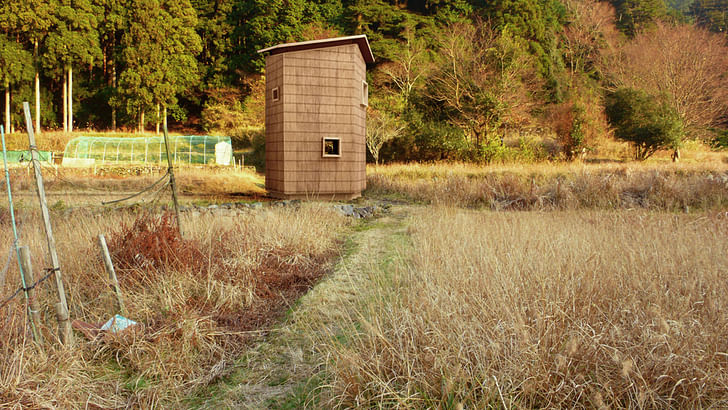
Yet at the same time, this slow, reflective mode often gets me into trouble. Quite commonly I find myself - paused - up in a tree, daydreaming, intrigued by the structure of branches and leaves rather than concentrating on the pruning of them. I am often yelled at throughout the workday.
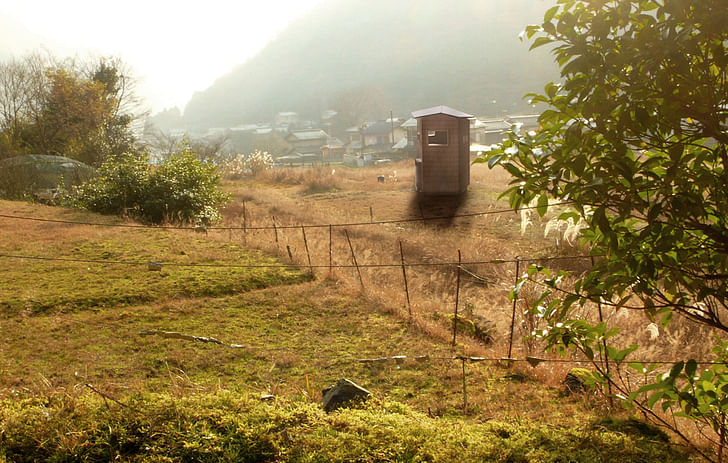
Do you have an interest in returning to architecture?
My good friend, Jon Stollenmeyer, currently apprentices as a carpenter with Nakamura Sotoji Komuten, also in Kyoto. We've spoken of teaching and starting a studio in Japan together in the future, which I hope might be possible. I have great admiration for his sense of building in addition to a range of skills in which I myself don't necessarily excel.
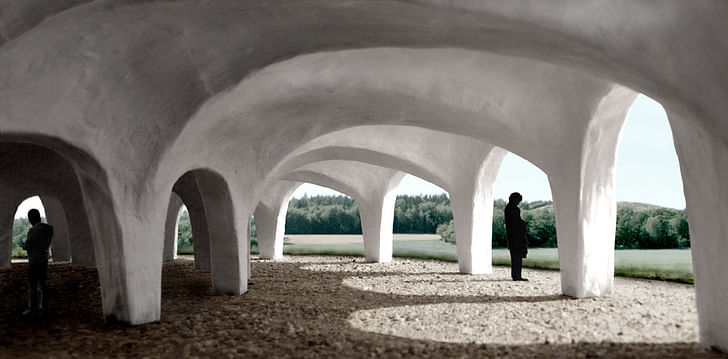
Prior to officially setting out independently, I intend to join an established architecture office again for an extended period - to engage in more practical training. I'm in the midst of attempting to obtain visas for my wife and I to live in a particular country of Europe where a certain architect has an interest in taking me on in the coming years.

Also, continuing the role of a craftsman within the realm of architecture, I have a keen interest in collaborating with young, like-minded architects of Japan and elsewhere to design gardens in relation to their buildings.
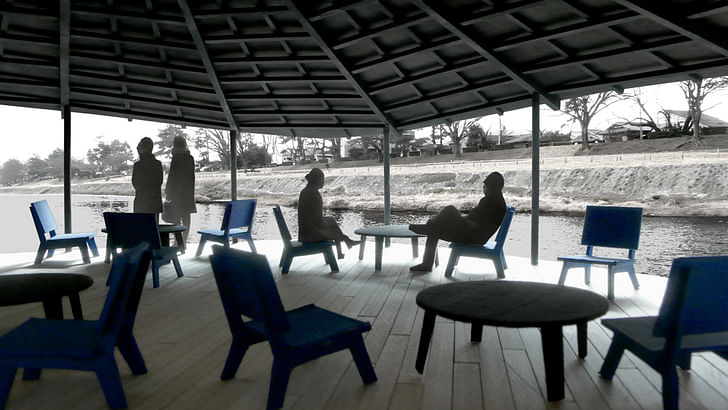
Learn more about ATELIER AMONT at www.atelier-amont.com

Paul Petrunia is the founder and director of Archinect, a (mostly) online publication/resource founded in 1997 to establish a more connected community of architects, students, designers and fans of the designed environment. Outside of managing his growing team of writers, editors, designers and ...
4 Comments
This was/is a beautiful feature - I'm just slightly jealous enough I didn't know how to comment!
I do think slow craft will always have a place, but it will be more and more for exceptionally wealthy people.
Those chickens are so cute.
That fountain is really beautiful! Great work!
That fountain is really beautiful! Great Work!
That fountain is really beautiful! Great Work!
Block this user
Are you sure you want to block this user and hide all related comments throughout the site?
Archinect
This is your first comment on Archinect. Your comment will be visible once approved.